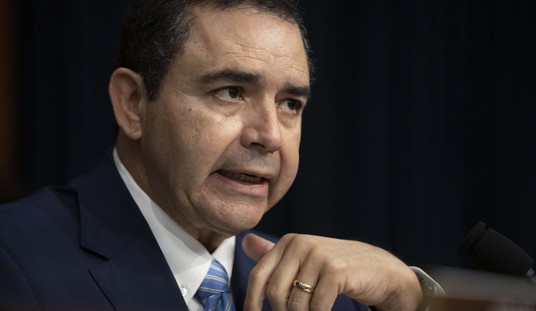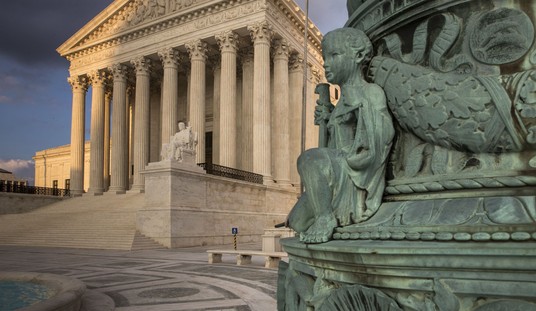I was 6 years old on November 22, 1963, a first grader at Canterbury Avenue Elementary School in Arleta, California, then a middle class neighborhood in the San Fernando Valley of Los Angeles. It was a sunny Friday morning just before lunch when the school bells suddenly rang for a fire drill. As I quickly evacuated our classroom with emergency-induced adrenaline shooting through my small body, I noticed something I’d never seen before: Some of the teachers were crying. Why? One of my classmates had the answer: A kid in another class fell off a chair and died!
The whole school went out to the playground. Then, as we first graders stood with the older kids wondering what was going on, our principal Mrs. Rafael walked out and, through a bullhorn, told us President Kennedy had been assassinated. At first we didn’t know what “assassinated” meant – but we soon figured it out. The teachers were all crying and school was dismissed for the weekend before lunch.
In fact, “assassinated” wasn’t the only word I recall learning over the next few days. I also picked up “casket,” “caisson,” “cemetery,” “funeral,” “eternal flame,” and “lie in state.” And “mourn.”
Like many suburban middle class families in 1963, we had one black and white television set. About the only thing our mom let my younger brother and I watch was Captain Kangaroo. But over the next few days my family – like most Americans – was glued to our TV. We watched the sad ceremonies in Washington, D.C. We saw John-John salute his dad’s casket. (I was Caroline’s age.) And we watched Jack Ruby kill Lee Harvey Oswald. Unlike President Kennedy, however, Lee Harvey Oswald – who, strangely, always had three names – wasn’t assassinated; he was just plain old shot.
I’ve been fascinated with the JFK assassination ever since it turned my young world upside down. For many years I wasn’t sure that Lee Harvey Oswald acted alone. I was not, however, prepared to go as far as conspiracy nuts like Oliver Stone – whose film I found over-the-top and deceptive – primarily because it didn’t seem plausible that a wide-ranging conspiracy involving numerous people could have been so thoroughly and completely covered up for all these decades.
Recommended
But I did think there might have been more than one shooter. Then, in the mid-90s, I read Gerald Posner’s well-researched and extremely compelling Case Closed: Lee Harvey Oswald and the Assassination of JFK (Random House 1993). Posner convinced me that Lee Harvey Oswald did, in fact, act alone. It’s true, not surprisingly, that the CIA kept close tabs on this weirdo creep who’d turned against his own country. He was, however, just that: An angry, confused, and deeply disturbed Marxist true believer who was determined more than anything else to make his mark on the world. Shortly before November 22, 1963, Oswald learned that President Kennedy’s motorcade would be driving – slowly – right past the Texas School Book Depository where he worked. Motive and opportunity.
But Posner couldn’t explain one lingering mystery: Oswald fired from the 6th floor of the Book Depository building. It was a breezy day so the smoke from Oswald’s rifle – perched high above the street – would have blown up and away. Why, then, did bystanders far below in Dealey Plaza smell gun smoke at the moment of JFK’s assassination?
I believe a retired Australian detective, Colin McLaren, solved this mystery about twenty years later. Indeed, McLaren’s JFK: The Smoking Gun (Hachette Australia 2013) explains everything to me.
McLaren posits that Oswald fired only two rounds from the Book Depository. The first shot, as we know, hit the street. The second shot wounded President Kennedy and Governor Connally. Hearing these shots, Secret Service Agent George Hickey – who’d been seated facing forward on the rear hood of the closely following security convertible with his feet hanging onto its back seat – turned to his right toward the gunfire while grabbing his rifle. This is depicted in a photo taken at that moment. McLaren believes Agent Hickey then instinctively stood onto the back seat when the security convertible suddenly braked for the presidential car, causing Agent Hickey to lose his balance and accidentally discharge his rifle into the back of JFK’s head just a few yards ahead. Thus, McLaren asserts, it was smoke from George Hickey’s rifle that bystanders in Dealey Plaza smelled at that moment. And, tragically, it was Agent Hickey who – accidentally – killed President Kennedy with the third and final shot fired in Dealey Plaza that awful day.
Needless to say, the Secret Service would have been highly motivated to keep this horrible truth from the American people. In fact, we know Agent Hickey was quickly whisked to Love Field and out of Dallas. But, for me, the most compelling aspect of McLaren’s theory is that only a small number of people would have known the truth – and nothing would have been written down. All it took was a little mischief with the autopsy and, over the ensuing years, the ugly truth died with George Hickey and his few colleagues who knew what really occurred that terrible day in Dallas.
For these reasons, I’ve found nothing surprising in the recently disclosed assassination files. The CIA kept close eyes on Oswald. So what? The lunatic defected to the Soviet Union at the height of the Cold War! Maybe they even tried to “run” him. In reality, everyone on both sides of the Iron Curtain who knew Oswald knew he was an idiot.
What I do find surprising, however, is the certitude expressed by some conspiracy zealots that these latest disclosures somehow prove a CIA or other wide-ranging plot to murder JFK. Does anyone truly believe such a conspiracy could have been kept so fully under wraps for this long? I, for one, do not.
But I do believe two gunmen shot JFK on November 22, 1963 – one intentionally and one accidentally.

























Join the conversation as a VIP Member